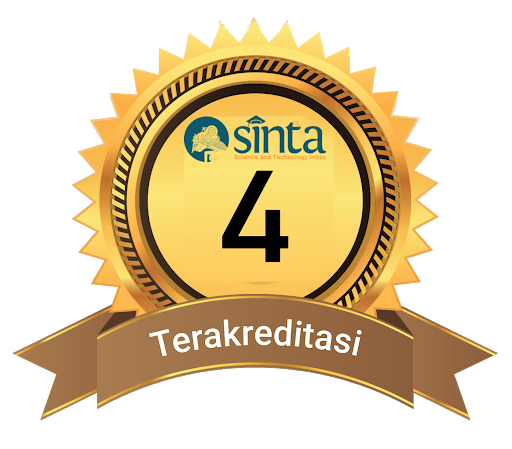MULTIPLE INTELLIGENCES PROFILE OF EFL STUDENTS AT SMP MUHAMMADIYAH 15 SURABAYA
DOI:
https://doi.org/10.32923/sci.v5i1.1334Keywords:
Intelligence Quotient (IQ), Multiple Intelligences, EFL StudentsAbstract
This research analyzes the multiple intelligences in English Foreign Language (EFL), especially in 8A grade students. It identifies the multiple intelligences profile based on the frequency of multiple intelligence (MI) types, students' high and low scores. This research uses a descriptive quantitative design. The subject of this research was 8A grade students in SMP Muhammadiyah 15 Surabaya. The research instruments were the Multiple Intelligences questionnaire, IQ results, and documentation of English mid-test scores in the second semester. From analysis and discussion, it was found that this class's IQ score average is 86, and the most dominant intelligence type is musical. For the five highest score students,' there were four types of intelligence that they had. They were interpersonal, naturalist, logical-mathematical, and musical. Meanwhile, five low English achievers had four types of multiple intelligence: musical, interpersonal, naturalist, and visual-spatial. In conclusion, the class has diversity in multiple intelligence. Multiple Intelligence types cannot refer to a certain group, in this case, groups based on their English score, because some MI types can be found in the high and low English achiever groups.
Downloads
Published
Issue
Section
License
Authors who publish journals in Scientia: Jurnal Hasil Penelitian agrees with the following conditions:
1. Authors retain copyright and grant the journal right of first publication with the work simultaneously licensed under a Creative Commons Attribution 4.0 International License.
2. Authors are able to enter into separate, additional contractual arrangements for the non-exclusive distribution of the journal's published version of the work (e.g., post it to an institutional repository or publish it in a book), with an acknowledgement of its initial publication in this journal.
3. Every publication (printed/electronic) are open access for educational purposes, research, and library. Other than the aims mentioned above, the editorial board is not responsible for copyright violation.











